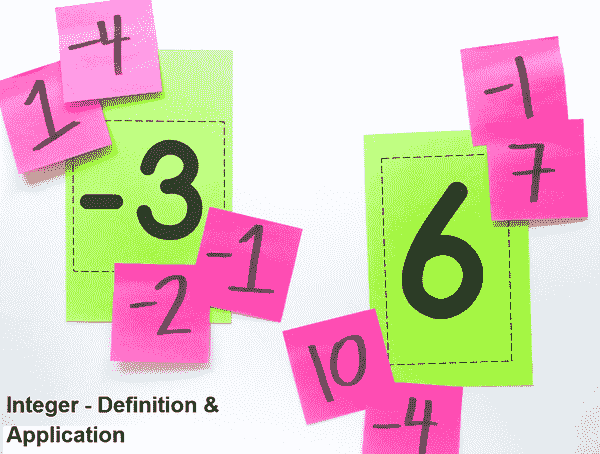In algebra, we come across many different types of numbers. Some of these numbers are related to one another. We must first learn about these numbers individually before we can understand how they are related to one another. This article will teach you about integers and their operations. In mathematics, integers are the sum of positive and negative numbers. Integers, like whole numbers, do not include the fractional part. Integers are numbers that can be positive, negative, or zero but cannot be fractions. On integers, we can perform all arithmetic operations such as addition, subtraction, multiplication, and division. Integers include numbers such as 1, 2, 3, 9, -7, -12, and so on. Integers are represented by the symbol “Z.”
When you travel to another country, you must exchange your currency for the currency of that country. Furthermore, the value of your currency may rise or fall in different countries. Because each country’s currency has a different value in relation to its currency. These positive and negative values serve as the foundation of mathematics.
Rules Defined For Integers
1. The product of two positive integers is an integer.
2. The product of two negative integers is an integer.
3. An integer is the product of two positive integers.
4. An integer is the product of two negative integers.
5. The sum of an integer and its inverse always equals zero. The product of an integer and its reciprocal equals 1.
Examples
1. Adding two given integers: Calculate the value of 3 + (-5).
Solution:
Here, the absolute values of 3 and (-5) are 3 and 5 respectively.
Their difference (larger number – smaller number) is 5 – 3 equals 3
Now, among 3 and 5, 5 is the larger number and its original sign “-”.
Hence, the result which we get will have a negative sign, “-”.
Therefore, 3 + (-5) = -2
2. Adding two integers: Determine the value of -2 + 5.
Solution: The absolute values of (-2) and 5, in this case, are 2 and 5, respectively.
The difference between them (larger number – smaller number) is 5 – 2 = 3.
Now, between 2 and 5, 5 is the larger number with the original sign “+.”
As a result, the outcome will be positive.
As a result, (-2) + 5 = 3
Application of Integers in Everyday Life
Integers are more than just numbers on paper; they have a wide range of real-world applications. In the real world, positive as well as negative numbers have different effects. They are primarily used to represent two opposing situations. When the temperature is above zero, for example, positive numbers are used to denote the temperature, whereas negative numbers denote the temperature below zero. They allow one to compare and measure two things, such as how big or small, how many or how few things there are, and thus can quantify things.
In real life, integers are used to represent player scores in golf, football, and hockey tournaments, the rating of movies or songs, and credits and debits in banks are represented as positive and negative amounts, respectively.
In mathematics, integers are important numbers. They are useful in everyday life as well as in math class. In almost every field, integers aid in computing efficiency in positive or negative numbers. Integers provide information about one’s current location. It also aids in calculating how many more or fewer measures should be taken to achieve better results. However, the intensity of real life and concerned emotions cannot be quantified.
Cuemath Offers Online Math Classes
Cuemath is one of the best online tutoring platforms for teaching math as a life skill rather than a school subject. It offers one-on-one live sessions with the best tutors to ensure that all of your questions are answered and that you gain conceptual clarity in complex topics. Visit the Cuemath website and schedule a free session to learn from experts who genuinely care about and enjoy teaching. Let’s take a look at what integers are.
